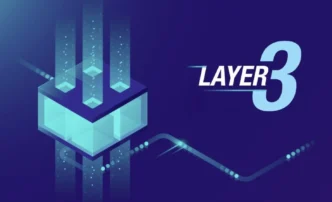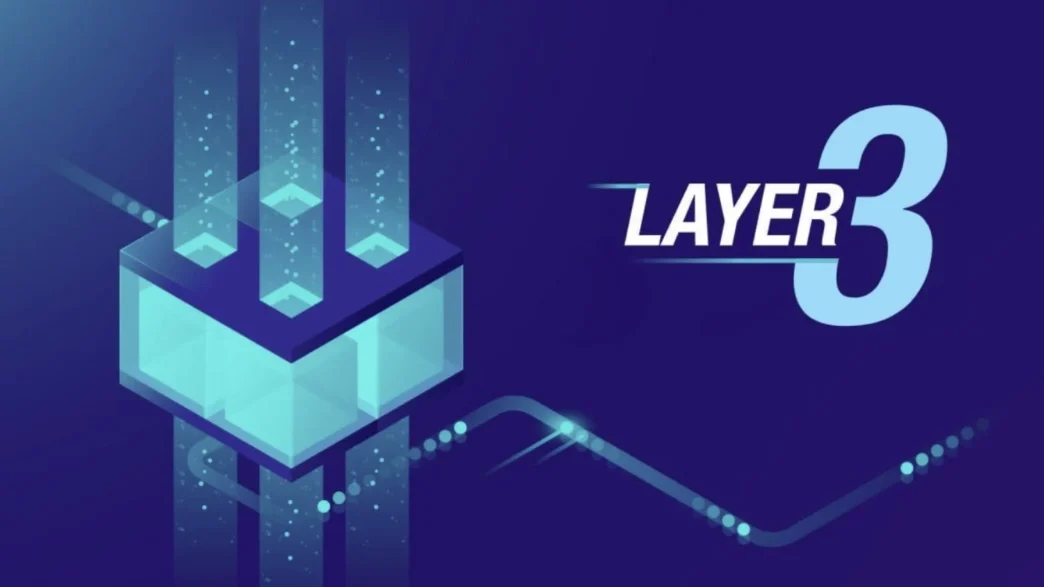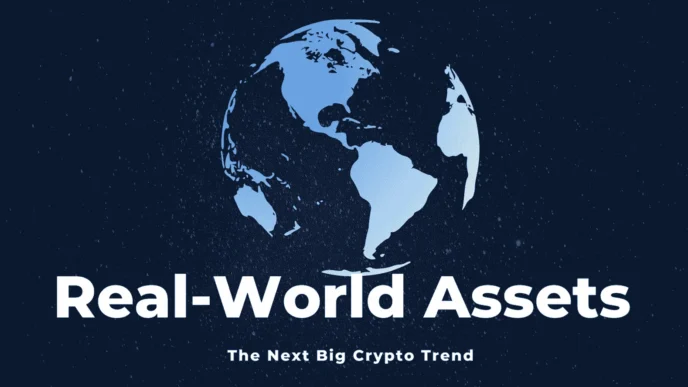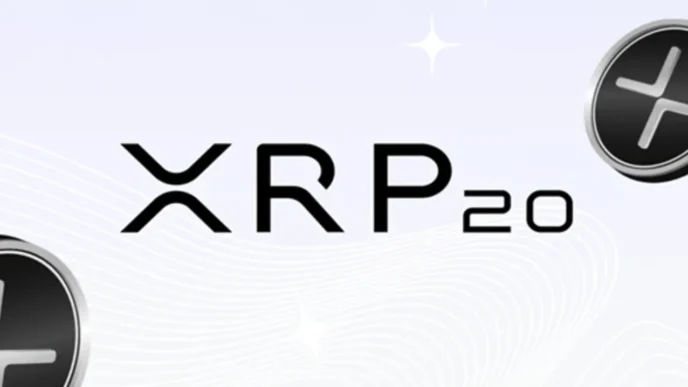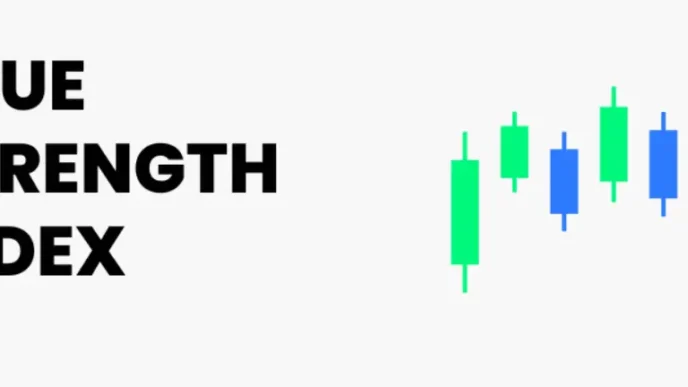Understanding Layer 3 Crypto
Layer 3 crypto is a crucial development in blockchain technology, offering greater scalability and functionality compared to earlier blockchain layers.
This section explains the concept, differences from Layer 2, and its importance and benefits.
Definition and Overview
Layer 3 blockchains are designed to enhance interoperability and usability within the crypto ecosystem. These blockchains sit atop Layer 1 and Layer 2 networks, adding an extra layer of functionality.
Layer 3 protocols enable decentralized applications (dApps) to interact seamlessly across different blockchain networks.
This layer often includes application-specific functionalities, such as decentralized finance (DeFi) services, gaming applications, and other specialized blockchain solutions.
Differences Between Layer 2 and Layer 3
Layer 2 solutions focus primarily on improving the scalability and transaction speed of the base Layer 1 blockchain. They achieve this by offloading transactions from the main blockchain onto secondary protocols, such as rollups or sidechains.
In contrast, Layer 3 blockchains provide an application layer that further enhances the capabilities of Layer 2.
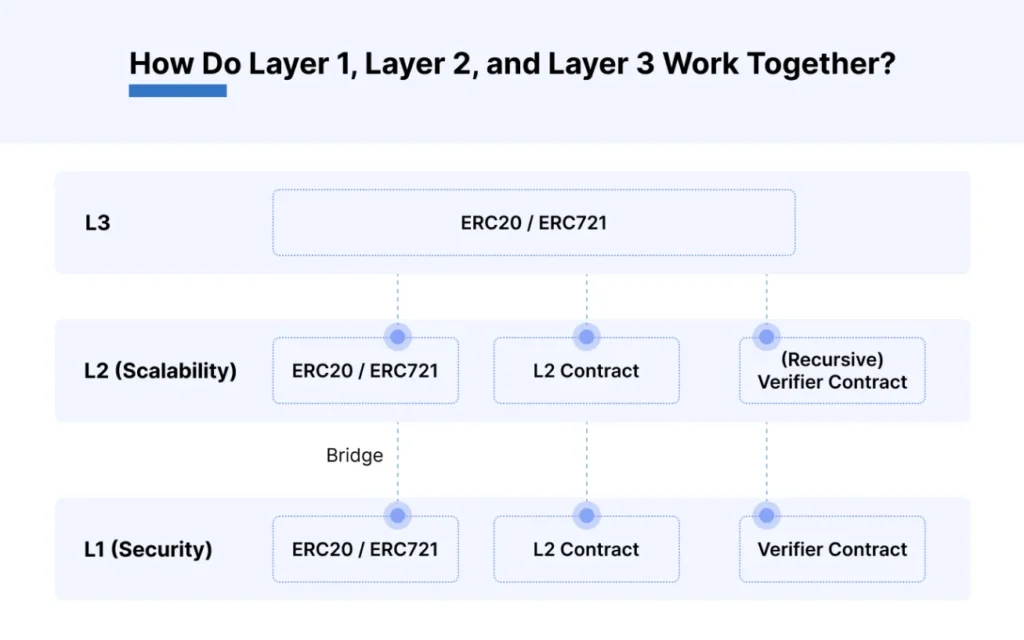
Layer 3 networks enable more complex interactions and functionalities, such as cross-chain communication and enhanced user interfaces, making blockchain technology more accessible and practical for various use cases.
Importance and Benefits of Layer 3 Crypto
Layer 3 crypto offers several significant advantages:
- Scalability: Layer 3 solutions provide greater scalability to blockchain systems by enabling more efficient processing of transactions and interactions across multiple networks.
- Interoperability: They enhance interoperability within the crypto industry, allowing different blockchain platforms to communicate and work together seamlessly.
- Usability: Layer 3 networks provide a more user-friendly blockchain ecosystem, making it easier for developers to create and deploy decentralized applications.
- Functionality: They offer advanced functionalities that are built on top of existing blockchain protocols, facilitating more sophisticated use cases like DeFi, gaming, and other dApps.
By leveraging Layer 3 scaling solutions, the crypto industry can achieve mainstream adoption of blockchain technology, overcoming the limitations of Layer 1 and Layer 2 networks.
Examples of Layer 3 applications include platforms like Polkadot and Chainlink, which demonstrate the potential of these advanced blockchain layers in enhancing the overall performance and capabilities of the blockchain ecosystem.
Top 5 Layer 3 Cryptos
Layer 3 blockchains add additional functionality to the blockchain ecosystem by enhancing interoperability and scalability.
Here are the top six Layer 3 cryptos and their key features and use cases:
1. Orbs (ORBS)
Orbs is a public blockchain infrastructure designed for the deployment of large-scale decentralized applications (dApps).
It works in conjunction with existing Layer 1 and Layer 2 blockchains to provide additional scalability and support for enterprise applications. By acting as an enhanced execution layer, Orbs improves the performance and efficiency of blockchain networks, particularly Ethereum.

It offers decentralized cloud infrastructure for smart contract execution, making it ideal for businesses and large-scale applications.
Features and Use Cases:
- Scalability: Enhances the performance of Ethereum-based applications.
- Interoperability: Works with multiple blockchain networks.
- Enterprise Focus: Provides solutions for businesses and large-scale applications.
- Decentralized Execution: Offers decentralized cloud infrastructure for smart contract execution.
Related: 15 Best Decentralized Crypto Exchanges Across Different Chains in 2024
2. Xai (XAI)
Xai is a blockchain network built on top of Arbitrum’s Layer 3 network, focusing on gaming applications.
It introduces parallel processing to increase efficiency and reduce costs, making it ideal for handling a high volume of transactions required in gaming.
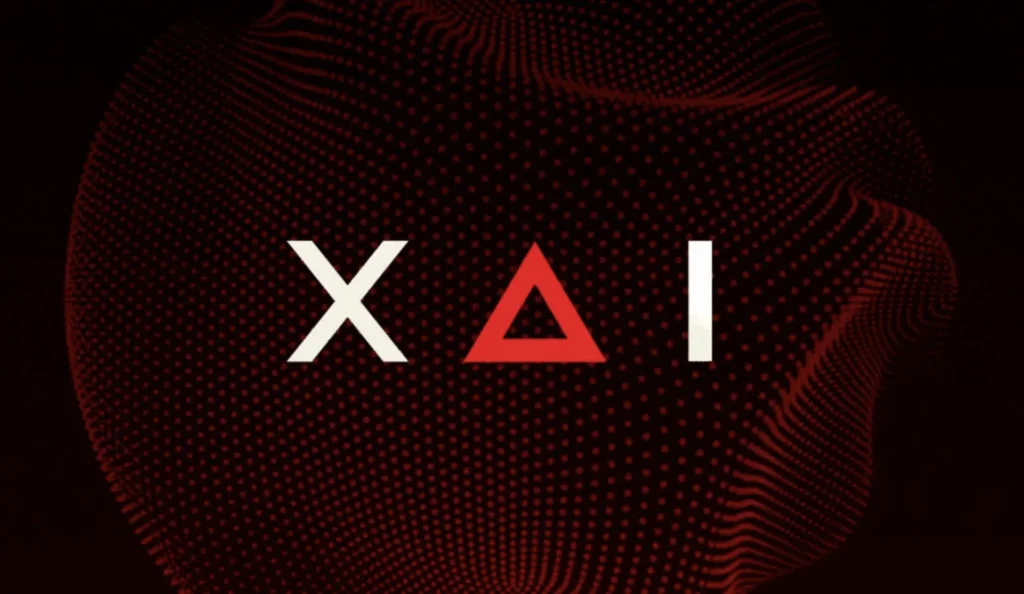
By providing a dedicated Layer 3 solution, Xai ensures that gaming applications can function seamlessly with lower transaction fees and faster processing times.
Features and Use Cases:
- Gaming Focus: Optimized for Web3 gaming applications.
- Parallel Processing: Increases transaction throughput and efficiency.
- Cost Efficiency: Reduces transaction fees for gaming microtransactions.
- Scalability: Supports a high volume of transactions.
3. Degen (Base) (DEGEN)
Degen Chain is a Layer 3 blockchain platform on the Base blockchain designed to enhance the functionality and utility of the DEGEN token.
It focuses on efficient processing of payments and gaming transactions, providing a scalable solution for these specific use cases.
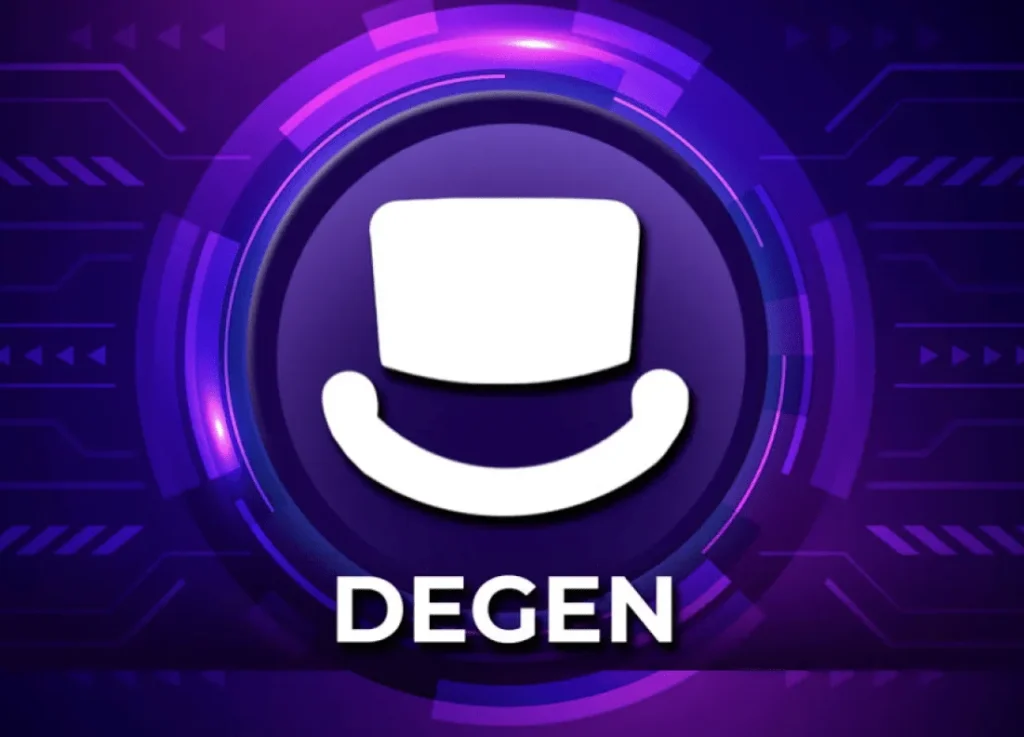
Degen Chain’s architecture allows it to address the scalability issues inherent in Layer 1 networks while maintaining low transaction costs.
Features and Use Cases:
- Payment Processing: Efficiently handles payments with low transaction costs.
- Gaming Transactions: Optimized for gaming-related transactions.
- Scalability: Addresses scalability issues in Layer 1 networks.
- Token Ecosystem: Supports a diverse ecosystem of tokens like Degen Swap and Degen Pepe.
4. Dream Machine Token (DMT)
Dream Machine Token (DMT) is designed to support decentralized applications and blockchain infrastructure.
It aims to provide robust support for dApps and enhance blockchain scalability, making it a versatile Layer 3 solution.
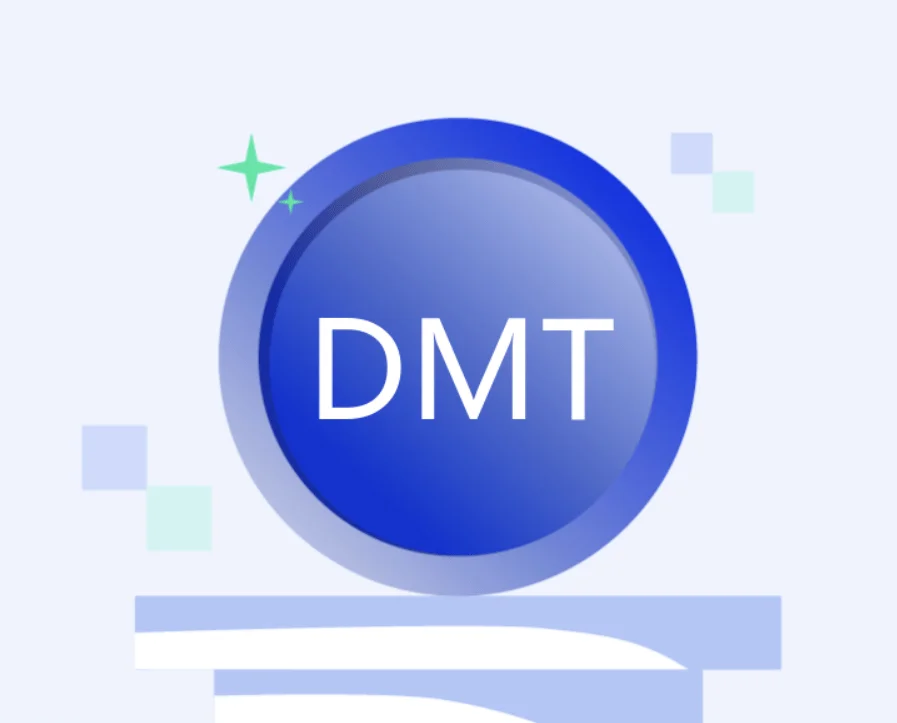
By offering strong infrastructure for blockchain-based projects, DMT promotes the growth and development of a decentralized ecosystem.
Features and Use Cases:
- dApp Support: Facilitates the development and deployment of decentralized applications.
- Scalability: Enhances the scalability of blockchain networks.
- Blockchain Infrastructure: Provides a strong infrastructure for blockchain-based projects.
- Decentralized Ecosystem: Promotes the growth of a decentralized ecosystem.
5. Aavegotchi (GHST)
Aavegotchi is a DeFi-enabled crypto collectible game running on the Ethereum blockchain. It combines aspects of DeFi, NFTs, and gaming to create a unique and interactive experience.
Users can collect and trade NFTs, participate in DeFi activities, and enjoy an engaging gaming experience.
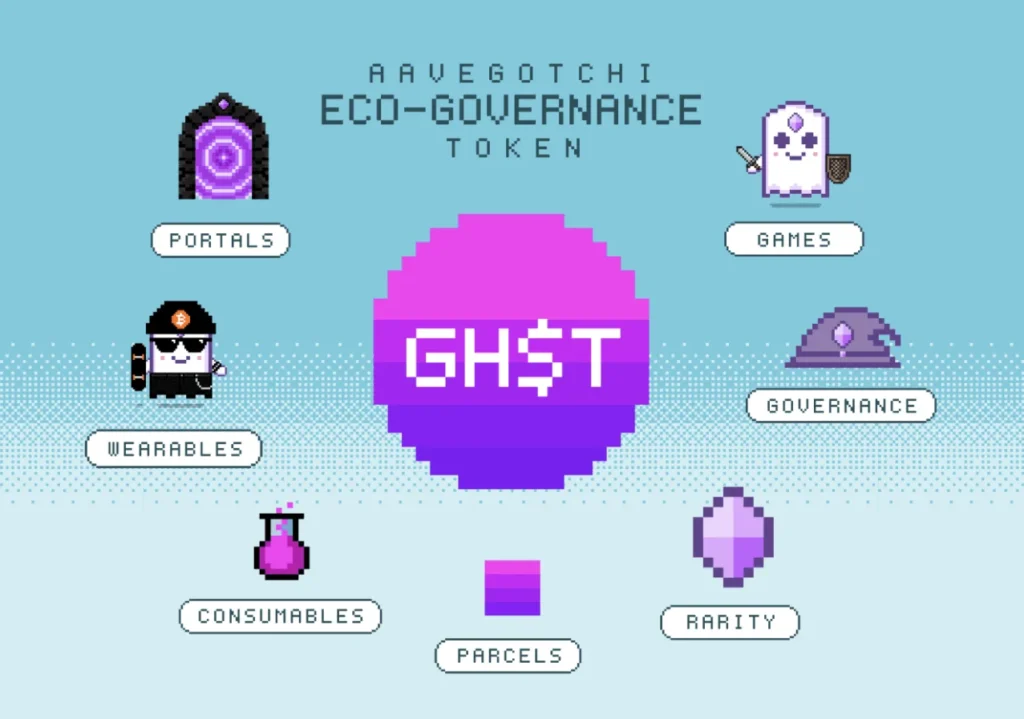
Aavegotchi’s integration of staking and rewards further enhances its appeal within the blockchain ecosystem.
Features and Use Cases:
- NFT Collectibles: Allows users to collect and trade NFTs.
- DeFi Integration: Combines DeFi elements with gaming mechanics.
- Interactive Gaming: Provides an engaging and interactive gaming experience.
- Staking and Rewards: Offers staking opportunities and rewards for participation.
Related: 8 Best Crypto Staking Platforms in 2024
Future of Layer 3 Cryptos
Layer 3 cryptos represent the next evolution in blockchain technology, focusing on enhancing interoperability, scalability, and functionality within the blockchain ecosystem.
Here’s a look at emerging trends and technologies, as well as the challenges and considerations for Layer 3 cryptos.
Emerging Trends and Technologies
The development of Layer 3 blockchain networks is bringing new innovations that significantly impact the scalability and functionality of blockchain ecosystems.
These networks are built on top of Layer 1 and Layer 2 solutions, aiming to address specific use cases and enhance overall performance.
- Interoperability: Layer 3 protocols are designed to facilitate seamless interaction between different blockchain networks. This interoperability is crucial for enabling decentralized applications (dApps) to operate across multiple platforms, enhancing the usability and functionality of blockchain technology.
- Scalability: Layer 3 networks help scale the blockchain by processing transactions off-chain, which reduces congestion on the main blockchain and lowers transaction fees. For instance, the Xai network, built via Arbitrum’s Layer 3, introduces parallel processing to increase efficiency and reduce costs, making it suitable for high-volume applications like gaming.
- Customizability: These networks allow developers to build and deploy specialized blockchains tailored to specific needs without the complexity associated with Layer 2 solutions. For example, Arbitrum Orbit enables developers to create their own Layer 3 blockchains on the Arbitrum Nitro platform, offering a higher degree of customization.
- Enhanced Functionality: Layer 3 solutions often focus on specific applications such as gaming, decentralized finance (DeFi), and data management, providing more specialized and efficient services. Orbs, for example, enhances the execution of smart contracts by providing a decentralized cloud infrastructure, working in conjunction with existing Layer 1 and Layer 2 protocols.
Challenges and Considerations
While Layer 3 blockchains offer many advantages, they also face several challenges and considerations that need to be addressed for their successful adoption and integration into the broader blockchain ecosystem.
- Complexity: Integrating Layer 3 solutions with existing Layer 1 and Layer 2 networks can be complex. Developers must ensure seamless interaction between these layers to maintain the integrity and functionality of the entire blockchain stack.
- Security: As with any blockchain technology, security is a paramount concern. Ensuring that Layer 3 networks maintain high security standards while processing transactions off-chain is crucial to prevent vulnerabilities and attacks.
- Adoption: Achieving widespread adoption of Layer 3 solutions requires significant community support and developer engagement. Projects need to demonstrate clear advantages over existing solutions to encourage developers to build on and users to adopt these new networks.
- Interoperability Standards: Establishing standard protocols for interoperability between different Layer 3 solutions and the underlying Layer 1 and Layer 2 networks is essential. This ensures that different blockchains can communicate and operate seamlessly without relying on centralized intermediaries.
The future of Layer 3 cryptos is promising, with potential to revolutionize blockchain technology by offering enhanced scalability, interoperability, and specialized functionalities.
However, addressing the challenges and ensuring smooth integration with existing technologies will be key to their success and widespread adoption.
Conclusion
Layer 3 blockchain technology marks a significant advancement in the evolution of blockchain ecosystems.
It builds upon the strengths of Layer 1 and Layer 2 solutions, addressing key issues such as scalability, interoperability, and specialized application requirements.
Summary of Key Points
- Interoperability: Layer 3 solutions enhance interoperability, allowing various blockchain networks to communicate and operate seamlessly.
- Scalability: These solutions offer improved scalability by processing transactions off-chain, reducing congestion on the main blockchain.
- Customizability: Layer 3 networks enable developers to create specialized blockchains tailored to specific use cases without the complexity associated with Layer 2 solutions.
- Cost Efficiency: By reducing transaction fees and processing times, Layer 3 solutions make blockchain technology more accessible and cost-effective for developers and users.
- Enhanced Functionality: Focuses on specific applications like gaming, DeFi, and data management, providing efficient and specialized services.
Future Outlook
The future of Layer 3 cryptos looks promising, with several trends and developments expected to shape their trajectory:
- Broader Adoption: As Layer 3 solutions continue to demonstrate their advantages over Layer 1 and Layer 2 networks, wider adoption across various industries is anticipated.
- Interoperability Standards: Establishing standard protocols for interoperability will be crucial for ensuring seamless communication between different blockchain layers and networks.
- Security Enhancements: Ongoing efforts to enhance the security of Layer 3 networks will be essential to maintain trust and prevent vulnerabilities.
- Innovative Use Cases: Emerging use cases in gaming, DeFi, and beyond will drive the development of new Layer 3 applications, expanding the functionality and utility of blockchain technology.
- Community and Developer Engagement: Successful Layer 3 projects will continue to foster strong community and developer support, driving innovation and adoption.
In summary, Layer 3 blockchain technology represents a significant leap forward, offering solutions to many of the limitations faced by earlier blockchain layers.
Its potential to enhance scalability, interoperability, and specialized functionalities will likely play a pivotal role in the continued evolution and mainstream adoption of blockchain technology
